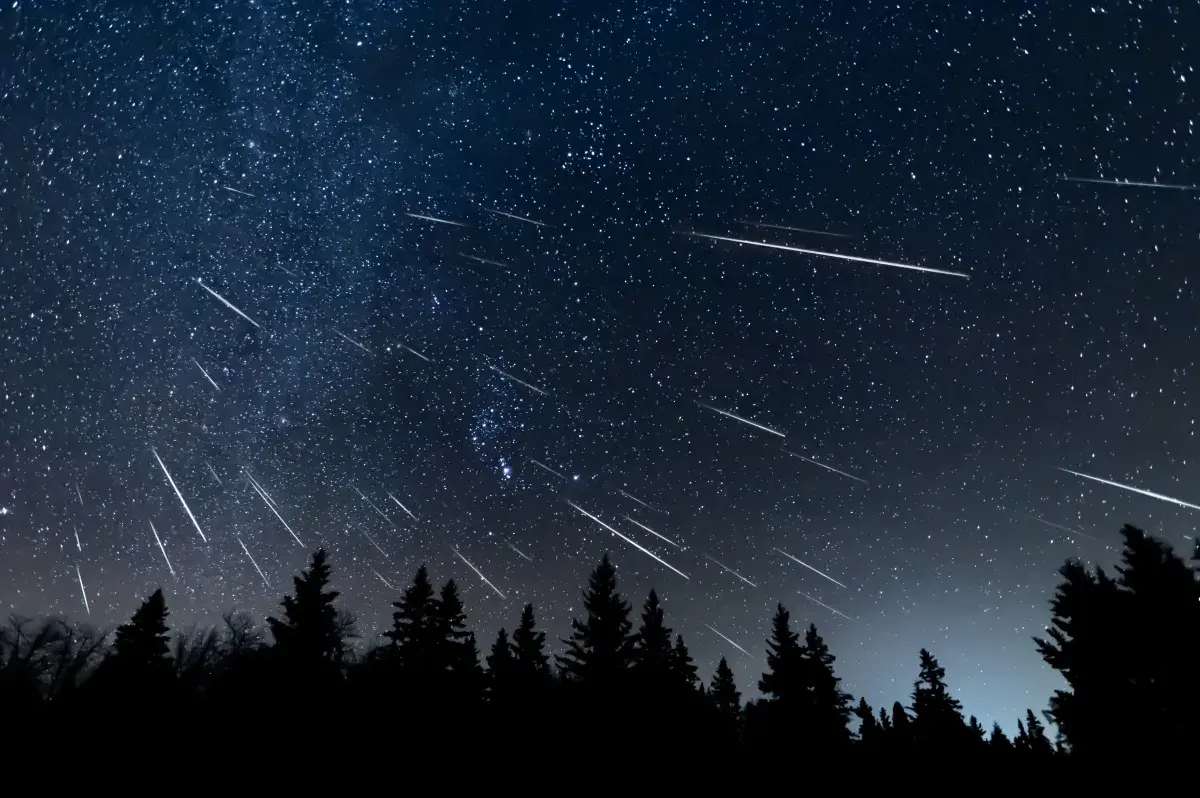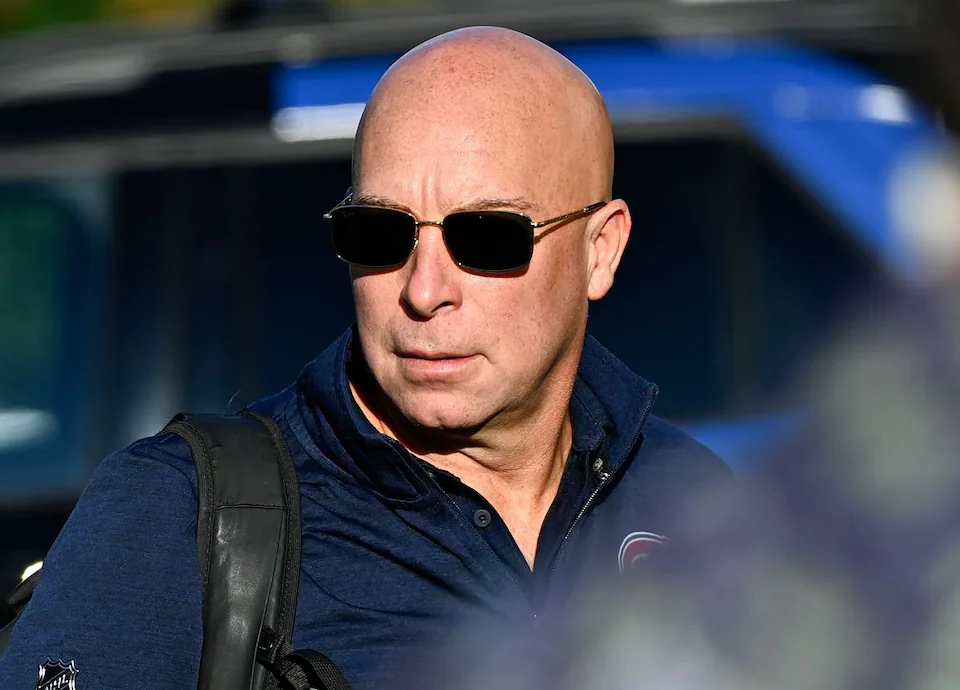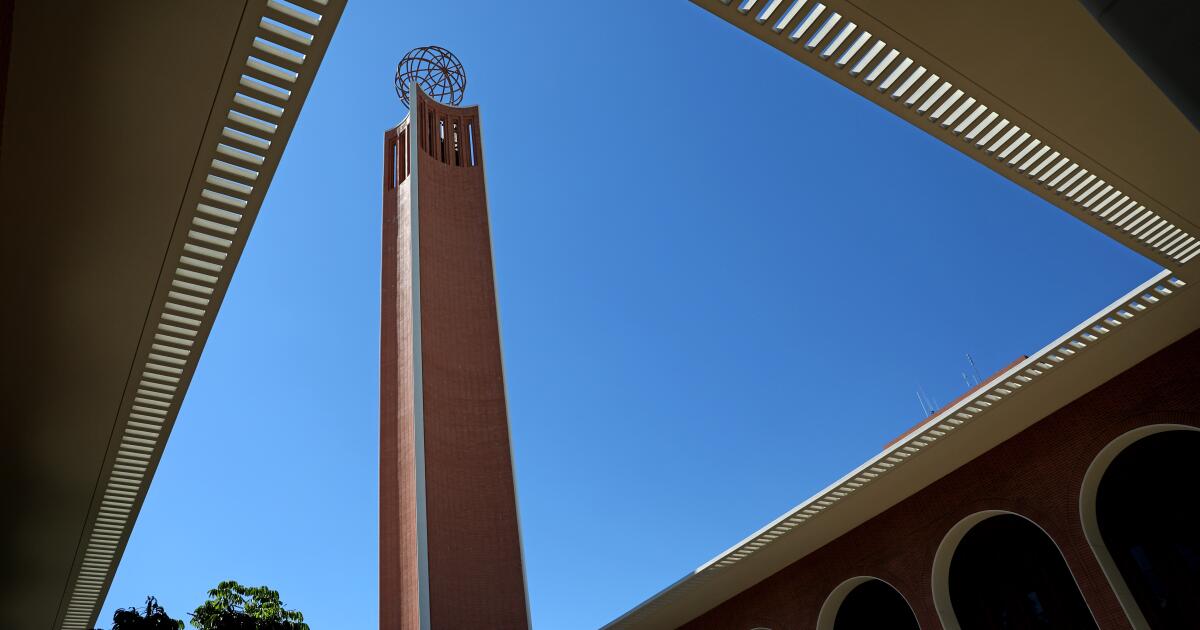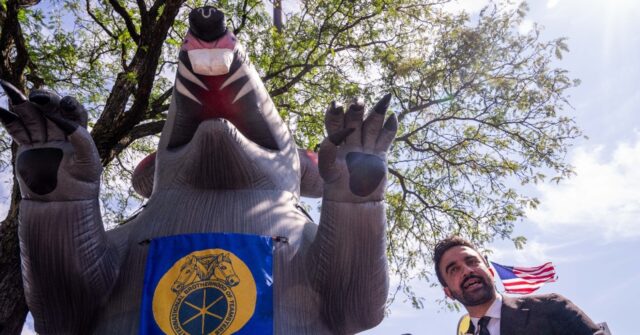Copyright Newsweek

The Taurid meteor shower—known for its “Halloween Fireballs” that illuminate the sky from late October to early November— could hold clues to future threats from space such as airbursts and actual impacts into Earth's surface. The Taurids occur when the Earth passes through a trail of debris from the comet Encke. These small particles of rock burn up as they enter our planet's atmosphere. The meteors—the flashes and streaks of light—appear to radiate from the constellation Taurus. Two such showers occur each year, one around this time at night, and one during the daytime in June, which tend not to be visible. Now, research exploring what would happen if much larger Taurids came too close for comfort to Earth has highlighted the years 2032 and 2036 as having an increased risk of space rocks large enough to explode in an airburst in the atmosphere, or even reach ground level. “Planetary defense is the multidisciplinary and internationally coordinated effort to protect the Earth and its inhabitants from impacts by near-Earth objects (NEOs),” explained physicist Mark Boslough of the University of New Mexico in a statement. “It requires surveys to discover and track NEOs, campaigns to characterize those that are hazardous, modeling efforts to understand and predict impact effects and associated consequences and mitigation through impact avoidance and/or civil defense.” This includes developing ways to deflect or disperse an object on a collision course and warning and emergency response planning for unexpected or unpreventable impacts. NEOs are comets and asteroids that have been nudged by the gravitational attraction of nearby planets into orbits that allow them to enter the Earth’s neighborhood, according to NASA. There is a risk of them potentially colliding with our planet but only if their orbit intersects Earth’s and they arrive there at the same time. The space rocks that tend to make up the "Halloween Fireballs" are tiny, burn up before they can hit the ground, and—all in all—are not that uncoomon. However, larger objects like those responsible for the Chelyabinsk meteor (an asteroid that entered Earth’s atmosphere and exploded over the Russian city of the same name) and the Tunguska events (the explosion of an asteroid in the sky over Siberia)—are mercifully uncommon in recorded history. The researchers determined, however, that the risk from NEOs small enough to explode in the atmosphere instead of striking the ground might be larger than currently estimated. They also investigated the possibility of a Taurid resonant swarm, a stream of debris. “The resonant swarm is theoretical, but there is some evidence that a sparse swarm of small objects exists because bright fireballs and seismic signatures of impacts on the moon have been observed at times that the theory has predicted,” explained Boslough. Objects in the Taurid stream orbit the sun seven times for every two orbits of the largest planet in the solar system, Jupiter. The gas giant which can pull these objects together in their orbit, creating dense clusters. The team’s findings suggest if a Taurid swarm does exist it will pass close to Earth in 2032 and 2036, at which point Earth could experience higher impact risk. “Our findings are that we have the technology to test the Taurid resonant swarm by using existing telescopes for targeted sky surveys in 2032 and 2036 when the hypothetical swarm will make very close approaches,” said Boslough. Discovering objects with enough warning time can ensure measures are taken to reduce or illuminate risk, the researchers urged. The 2032 pass of the hypothetical swarm will arrive from the nighttime side of the Earth, at which point Boslough said the probability of an impact or airburst might be higher than average. He emphasized daytime fireballs must be extremely bright in order to compete with the sun. A concentration of objects in a swarm would be observable by telescopes after they miss the Earth and recede into the night. “The average probability is extremely low, so even an enhanced risk means that the probability would still be low. The swarm will come from the direction of the sun in 2036, so fireballs will not be seen in our blue skies unless they are extremely bright.” Newsweek has reached out to the researchers for additional comment. Do you have a tip on a science story that Newsweek should be covering? Do you have a question about meteor showers? Let us know via science@newsweek.com. Reference



